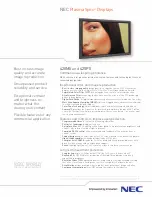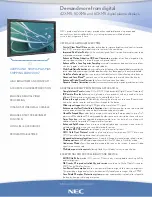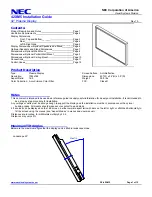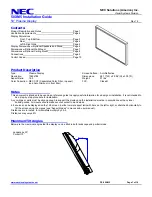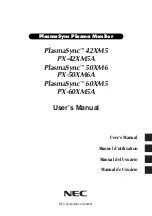
“This document is intended as a guide only. Whilst the information it contains is believed to be correct, Emtelle can take no responsibility for actions taken based on the information contained in this document. Emtelle reserves the
right to make changes to this document without notice. All sales of product are subject to Emtelle’s terms and conditions of sale only, which can be found on Emtelle’s website.”
100
I N N O V A T I O N A N D F L E X I B I L I T Y
T H E
I N S T A L L A T I O N A N D M A I N T E N A N C E T R A I N I N G M A N U A L
9 Fibre blowing
9.13.2 Onward Blowing
This technique allows the installation distance to be extended. The extended distance is dictated by the amount of fibre in the pan.
Initially set up the equipment for a point to point blow. At the far end where the fibre would normally be terminated it is coiled into a pan (the fibre
unit leading end must be taped down onto the base of this pan before coiling begins, since it will be needed for the second blowing operation). After
blowing the initial length, the equipment is moved to the second chamber location where the fibre unit has been coiled into the pan. A second pan
is then introduced and secured to the first pan by means of a clamping ring. Both pans are then inverted. The fibre which was in the first pan has now
been dropped into the second pan. The new leading end will be taped inside the top pan, thus preventing tangles. (If you discover a tangle part-way
through the blow, you cannot remove it.)
The fibre unit tail which was taped to the base of the first pan is now taken and inserted into the blowing head and blown the remaining distance to
the third chamber. In effect at this point we perform another point to point blow.
Step 2
Step 1
Typically 2000m
Typically 1000m
Invert Pans
Clamp
Ring
Access Chamber No.1
Access Chamber No. 2
Access Chamber No. 2
Pan
Fibre Unit
Fibre Unit
Blowing head
Blowing head
Access Chamber No. 3
Access Chamber No. 3
Access Chamber No. 2
Access Chamber No. 3
Coiler and Pan






































